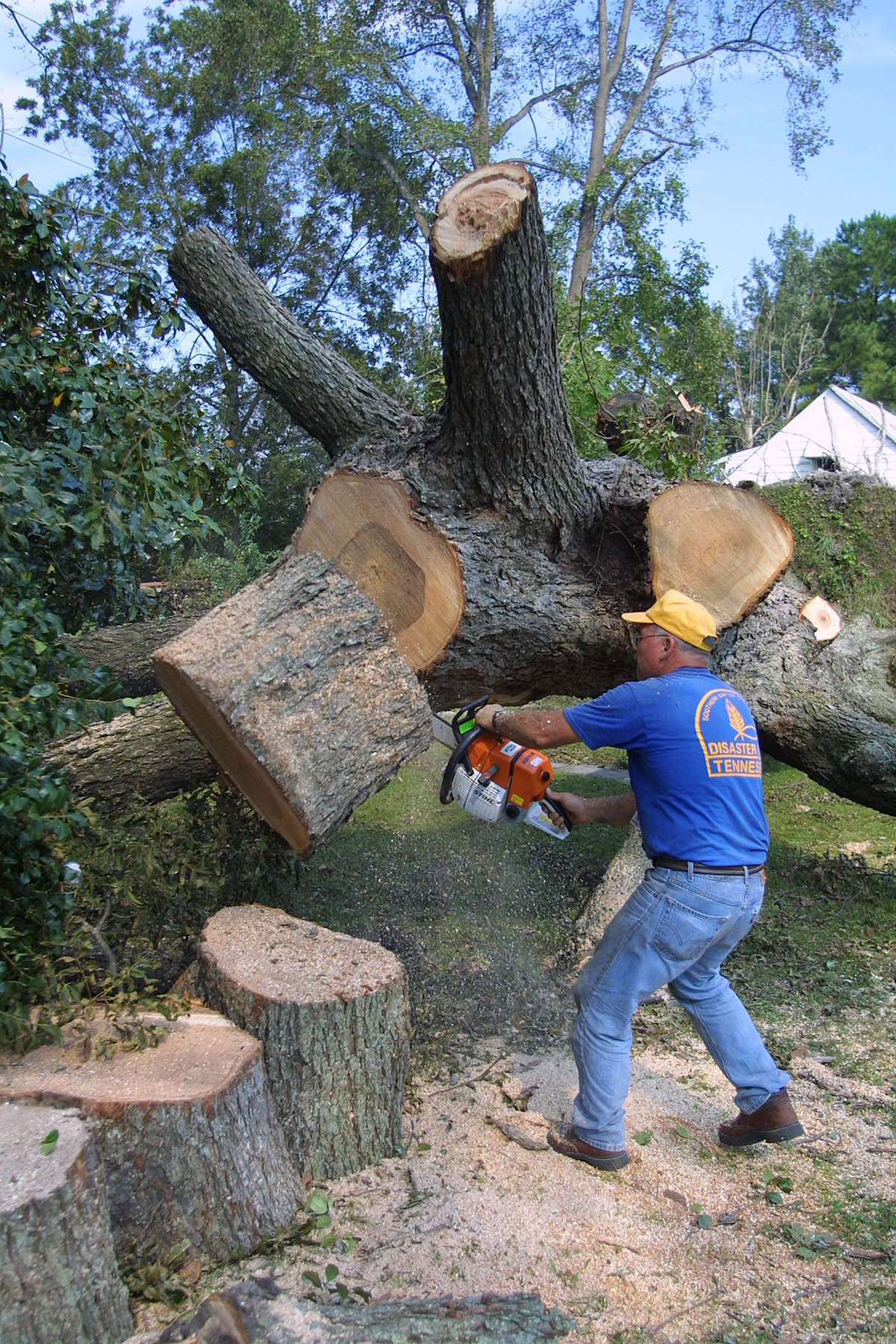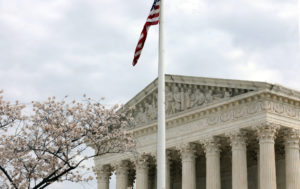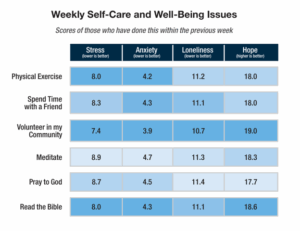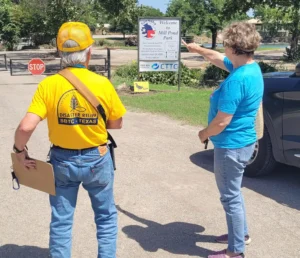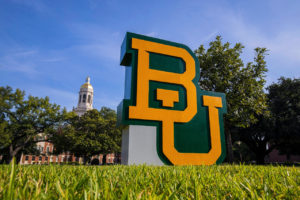
VIRGINIA BEACH, Va. (BP)–Tom Schlauch had no idea how he was going to deal with the massive oak tree in his yard that Hurricane Isabel brought to the ground Sept. 18. A volunteer had come by earlier that day and helped for about two hours, but it wasn’t until a large team of Southern Baptist volunteers from Clarksville, Tenn., showed up that the tree quickly became a pile of logs and brush.
“As sure as there are angels walking on this earth, there’s a devil in hell and there’s a God in heaven,” said Schlauch. “And I spent the day working with a bunch of angels that He sent to me.”
Those “angels” were among hundreds of volunteers deployed over the weekend in North Carolina, Virginia, Washington D.C. and Maryland — already the largest response in the history of Southern Baptist Disaster Relief, according to Mickey Caison, adult volunteer mobilization manager for the North American Mission Board.
As of midday Sept. 22, Southern Baptists had deployed 74 units or volunteer teams from 19 states — including 20 mobile kitchens, 40 chainsaw-wielding cleanup and recovery units, 13 trailer-mounted shower units, three communications units and one laundry unit. Additional units are on standby status.
“During 9/11 (the response to the terrorist attacks in New York and Washington, D.C.) we probably used more state conventions and resources, but it was over a nine-month period,” Caison said. “We have as much involved with the first three days of this as with all of 9/11.”
While the loss of life and property damage were not as great as several previous storms, Caison said the response is large because of the size of the storm and the densely populated areas affected.
He estimated 50,000 meals had been prepared as of Sunday. But with many more units being deployed early this week and production of existing units growing, that number was expected to increase rapidly.
The storm brought some flooding in coastal areas and in the northern states, but the bulk of the damage was from downed trees — and the subsequent loss of power that still affected 1.8 million people as of Sunday, according to news reports.
Southern Baptist Disaster relief efforts consequently were focused on either clearing fallen trees of residents like Schlauch or preparing meals for those without power at home.
The routine at each of the locations was much the same as volunteers quickly set up mobile kitchens, often supported by shower, cleanup and communications units — which have amateur (ham) radios and other equipment. The American Red Cross and The Salvation Army distribute most of the food, while many units also offer feeding lines for residents who come to the site — which is usually a local church.
The scope of the deployment also is an indicator of how much the Southern Baptist Disaster Relief network has grown over the past decade to nearly 400 units and 28,000 trained volunteers. There is often a surge in new units after each major disaster. For example, many units formed after Hurricane Hugo ripped through the Carolinas in 1989.
Donnie Flynn, a volunteer from Highland Baptist Church in Raleigh, N.C., said Hurricane Hugo prompted his church to set up a cleanup and recovery unit. “Really the idea came from just seeing what was going on,” he said. “You get a storm through the area, you go out and help your neighbors. Well, if it doesn’t come in your neighborhood, you go where it is.”
In addition to providing chainsaw crews, the units perform various jobs. “We’ve got a lot of tools and expertise, so you might as well use it,” Flynn said.
A report from Sept. 21 illustrated the growing force, Caison said. Additional units were being deployed Monday,
In North Carolina, where the storm hit first, two kitchen units from the state are preparing meals for the American Red Cross at Memorial Baptist Church in Williamston and Corinth Baptist Church in Elizabeth City. A unit from Hardeman, Tenn., was scheduled to begin cooking Sept. 22 at First Baptist Church of New Bern.
North Carolina kitchen and shower units are serving in support of The Salvation Army at Memorial Baptist Church in Greenville, and another shower unit has been set up in Swanquarter, N.C., to provide showers for recovery workers and the community.
A number of North Carolina recovery units also are working in nine towns in the affected area.
In Virginia, mobile kitchens are supporting the Red Cross in Newport News, Chesapeake, Hopewell, Gloucester and Virginia Beach. The units come from Virginia, South Carolina, Kentucky, Georgia and Tennessee, respectively. Additional mobile kitchens from Georgia and Mississippi were scheduled to begin serving Sept. 22 in Kilmarnock and Richmond, respectively.
In Washington, D.C., kitchen units from Florida and Pennsylvania are scheduled to begin preparing meals Sept. 22 in support of The Salvation Army.
Mobile shower trailers activated in Virginia include units from both Virginia state conventions, as well as Tennessee, Alabama, South Carolina, and Georgia.
Recovery units are serving in Chesapeake, Gloucester, Hopewell, Virginia Beach, and Newport News.
In Maryland, both Maryland/Delaware kitchen units are serving in support of the American Red Cross at the Middle River Baptist Church in Middle River, Md. A Mississippi team has been activated and was traveling Sept. 22 to assist the units with volunteers. New York and Michigan units have been activated for Chestertown and Prince Frederick, respectively.
Disaster Relief units generally are owned and operated by state conventions, local associations and churches, and are coordinated nationally by the North American Mission Board. Contributions for the Hurricane Isabel response may be sent to state convention offices or to the North American Mission Board, 4200 North Point Parkway, Alpharetta, Ga., 30022.
For regular updates on the Hurricane Isabel response, visit www.namb.net/dr.
–30–
(BP) photos posted in the BP Photo Library at https://www.bpnews.net. Photo titles: CLEARING THE WAY, SPIRITUAL PREPARATION and ORDER UP. More photos can be viewed the North America Mission Board website, www.namb.net.
